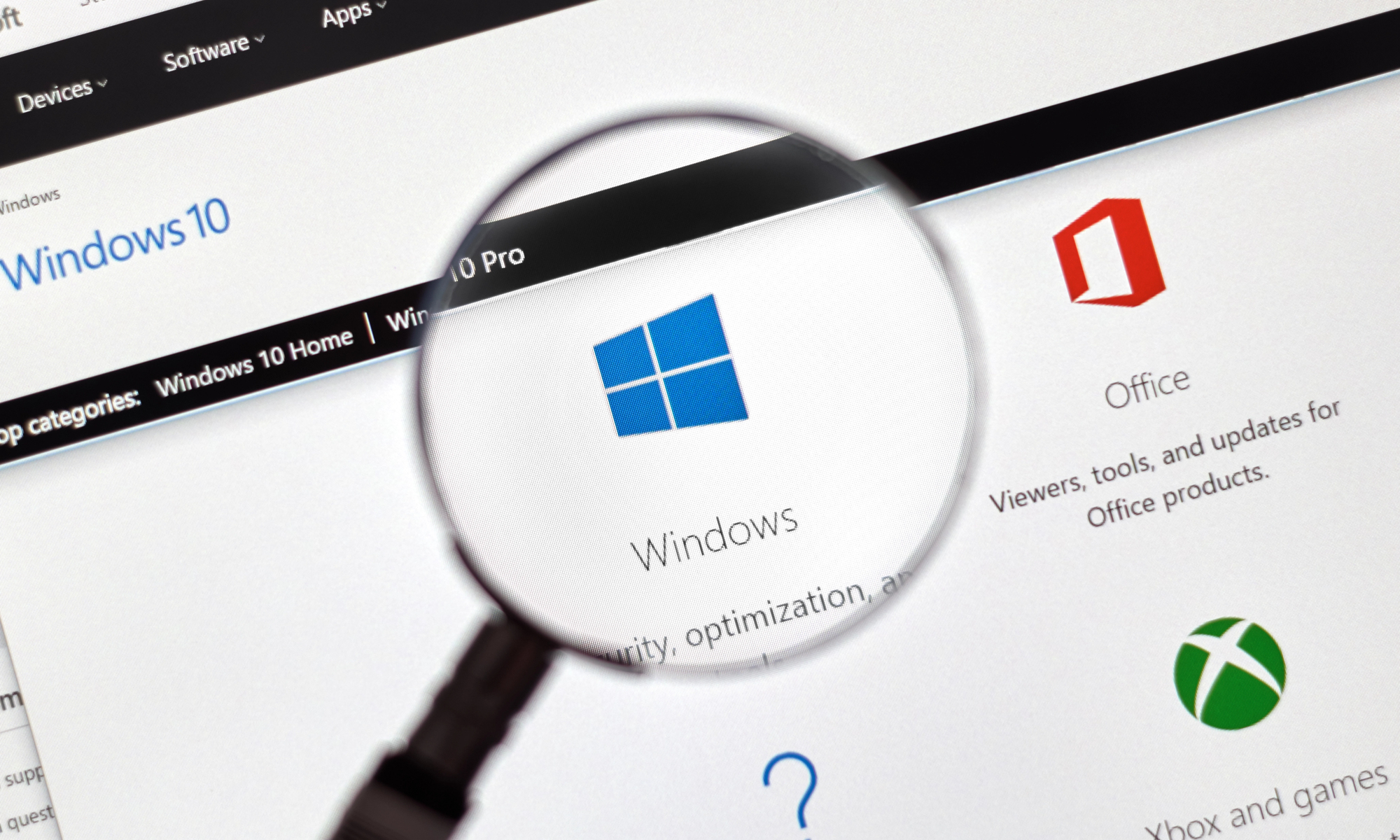George Segrest
Microsoft has officially announced that Windows 10 will reach end of support on October 14, 2025. After that date, no new security updates, patches, or technical assistance will be provided. While this may seem like a routine upgrade cycle, the reality is that it introduces serious risks for organizations, especially when it comes to maintaining secure, stable, and compliant network operations.
This transition is not just an endpoint or desktop concern. For businesses reliant on well-managed networks and strong security postures, the end of Windows 10 has far-reaching implications.

Which Versions of Windows 10 Will Be Affected?
The Windows 10 end-of-support date, October 14, 2025, applies to most commonly deployed versions of Windows 10, including Home, Pro, Pro for Workstations, Education, and Enterprise (non-LTSC). For organizations in sectors like retail, healthcare, and banking, this may impact a wide range of devices critical to daily operations.
Here are examples of devices that may be affected:
Retail
- POS terminals running Windows 10 Pro or Enterprise
- Kiosks and self-checkout stations
- Back-office PCs for inventory, scheduling, or analytics
- Digital signage players
Healthcare
- Workstations on wheels (WOWs)
- Check-in kiosks and patient portals
- Medical imaging and diagnostic systems
- Administrative desktops and thin clients
Banking
- Teller and branch workstations
- ATMs not running LTSC versions
- Customer service kiosks
- Remote support or compliance monitoring systems
If these devices are running non-LTSC editions of Windows 10, they will no longer receive security updates after October 14, 2025, potentially putting systems and customer data at risk.
The Security Implications of Unsupported Endpoints
When security updates stop, Windows 10 devices will become increasingly vulnerable to exploits. Unsupported systems are prime targets for threat actors, and even one unpatched endpoint can become an entry point into your broader network.
The longer these endpoints remain online, the greater the risk of:
- Malware and ransomware infiltrations
- Unauthorized access to sensitive systems
- Spread of attacks laterally through the network
If you're not actively identifying and isolating these devices, you could unknowingly compromise your organization’s security posture.

Visibility and Monitoring Concerns
Monitoring and managing a hybrid environment that includes unsupported operating systems becomes increasingly difficult. Over time, these devices may no longer integrate cleanly with updated network monitoring, endpoint detection, and SIEM tools.
This can result in:
- Gaps in visibility
- Missed alerts or threat signals
- Difficulty tracking compliance with internal policies
Operational blind spots are a significant risk, especially when visibility is crucial for quick detection and response.
Network Stability During OS Upgrades
Transitioning hundreds or thousands of devices to Windows 11 is no small feat. Poorly planned deployments can result in congestion, errors, or network outages. Each rollout introduces potential disruptions to bandwidth, device availability, and user productivity.
The key is careful coordination:
- Audit device readiness
- Plan phased migrations
- Monitor network performance before, during, and after deployment
Compliance and Business Continuity
For businesses in regulated industries, such as healthcare, finance, or retail, using unsupported software can create compliance issues and open the door to audit failures. Some cyber insurance policies may also exclude coverage if vulnerabilities are left unaddressed.
Staying ahead of these deadlines isn’t just about security. It’s about business continuity, risk mitigation, and staying aligned with evolving industry standards.
What You Can Do Now
With a little over a year to go, now is the time to:
- Inventory all Windows 10 devices across your network
- Evaluate readiness for Windows 11 upgrades
- Develop a migration roadmap and identify dependencies
- Coordinate with internal teams and external partners
How Acuative Can Help
At Acuative, we specialize in managing and securing complex network environments. While we don’t manage desktop upgrades directly, we help organizations prepare their networks for a smooth transition by ensuring performance, uptime, and security stay intact during major shifts like this one.
We support:
- Pre-migration network assessments
- Traffic and bandwidth planning
- Monitoring adjustments for hybrid OS environments
- Policy updates and segmentation for legacy system containment
Let us help you protect your infrastructure and navigate the Windows 10 sunset with confidence. Reach out today to start building your transition plan.
About George Segrest
 With over 20 years in the technology sector, I have dedicated my career to helping enterprise clients navigate the complexities of digital transformation, cloud computing, and cybersecurity. I have a proven track record of exceeding business objectives, structuring multi-million-dollar partnerships, and consistently delivering value to my clients and partners. My approach is centered on building strong, advisory relationships and truly understanding the critical needs of a business.
With over 20 years in the technology sector, I have dedicated my career to helping enterprise clients navigate the complexities of digital transformation, cloud computing, and cybersecurity. I have a proven track record of exceeding business objectives, structuring multi-million-dollar partnerships, and consistently delivering value to my clients and partners. My approach is centered on building strong, advisory relationships and truly understanding the critical needs of a business.
Throughout my career at companies like Acuative, Stratascale, DXC Technology, and Rackspace, I've had the privilege of leading high-stakes growth initiatives, developing new regional markets, and fostering strategic alliances with industry leaders. I am driven by the challenge of creating growth and delivering exceptional outcomes. I am passionate about leveraging technology to solve problems and am always eager to connect with others who share that vision.

